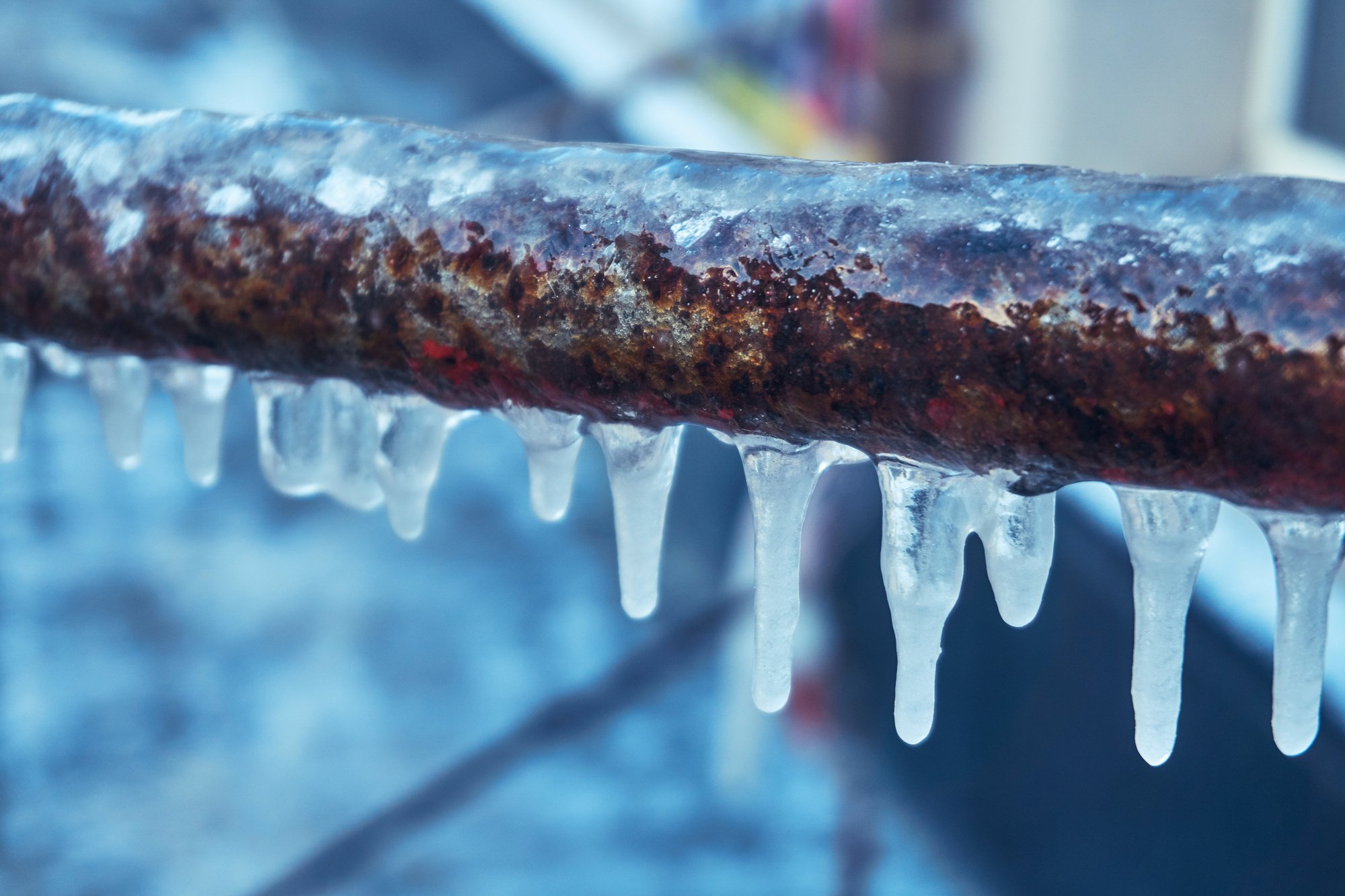Prevent Frozen Pipes in Winter: Expert Strategies
Prevent Frozen Pipes in Winter: Expert Strategies
Blog Article
Listed here underneath you'll find more awesome insights when it comes to 6 Ways to Prevent Frozen Pipes.

Winter can damage your plumbing, especially by freezing pipelines. Right here's how to stop it from happening and what to do if it does.
Intro
As temperatures decrease, the danger of frozen pipes increases, possibly bring about pricey repair services and water damages. Comprehending how to stop frozen pipes is vital for homeowners in cold climates.
Prevention Tips
Protecting prone pipelines
Cover pipes in insulation sleeves or utilize warm tape to secure them from freezing temperature levels. Concentrate on pipes in unheated or outside areas of the home.
Heating techniques
Keep indoor areas appropriately warmed, specifically locations with plumbing. Open closet doors to permit cozy air to circulate around pipelines under sinks.
How to identify icy pipes
Look for reduced water flow from faucets, uncommon odors or sounds from pipes, and noticeable frost on revealed pipelines.
Long-Term Solutions
Structural changes
Think about rerouting pipelines away from outside walls or unheated locations. Add additional insulation to attic rooms, basements, and crawl spaces.
Updating insulation
Buy top notch insulation for pipes, attics, and wall surfaces. Proper insulation assists keep consistent temperatures and minimizes the threat of icy pipes.
Securing Outside Plumbing
Yard hoses and outside taps
Separate and drain pipes yard hoses before wintertime. Mount frost-proof faucets or cover exterior taps with protected caps.
Recognizing Icy Pipelines
What triggers pipes to freeze?
Pipes ice up when exposed to temperatures below 32 ° F (0 ° C) for extended periods. As water inside the pipelines freezes, it broadens, putting pressure on the pipeline walls and possibly causing them to rupture.
Risks and problems
Icy pipes can cause water supply interruptions, residential or commercial property damages, and pricey repair work. Burst pipes can flooding homes and create extensive architectural damages.
Signs of Frozen Piping
Recognizing icy pipes early can avoid them from bursting.
What to Do If Your Pipelines Freeze
Immediate actions to take
If you think frozen pipes, maintain faucets open to ease pressure as the ice melts. Utilize a hairdryer or towels taken in hot water to thaw pipes gradually.
Verdict
Stopping icy pipelines calls for proactive actions and fast actions. By understanding the causes, indicators, and safety nets, house owners can secure their pipes throughout winter.
5 Ways to Prevent Frozen Pipes
Drain Outdoor Faucets and Disconnect Hoses
First, close the shut-off valve that controls the flow of water in the pipe to your outdoor faucet. Then, head outside to disconnect and drain your hose and open the outdoor faucet to allow the water to completely drain out of the line. Turn off the faucet when done. Finally, head back to the shut-off valve and drain the remaining water inside the pipe into a bucket or container. Additionally, if you have a home irrigation system, you should consider hiring an expert to clear the system of water each year.
Insulate Pipes
One of the best and most cost-effective methods for preventing frozen water pipes is to wrap your pipes with insulation. This is especially important for areas in your home that aren’t exposed to heat, such as an attic. We suggest using foam sleeves, which can typically be found at your local hardware store.
Keep Heat Running at 65
Your pipes are located inside your walls, and the temperature there is much colder than the rest of the house. To prevent your pipes from freezing, The Insurance Information Institute suggests that you keep your home heated to at least 65 degrees, even when traveling. You may want to invest in smart devices that can keep an eye on the temperature in your home while you’re away.
Leave Water Dripping
Moving water — even a small trickle — can prevent ice from forming inside your pipes. When freezing temps are imminent, start a drip of water from all faucets that serve exposed pipes. Leaving a few faucets running will also help relieve pressure inside the pipes and help prevent a rupture if the water inside freezes.
Open Cupboard Doors
Warm your kitchen and bathroom pipes by opening cupboards and vanities. You should also leave your interior doors ajar to help warm air circulate evenly throughout your home.

I discovered that review about 6 Ways to Prevent Frozen Pipes while doing a search on the web. In case you appreciated our article if you please do not forget to pass it around. Thanks for your time. Revisit us soon.
Detail Report this page